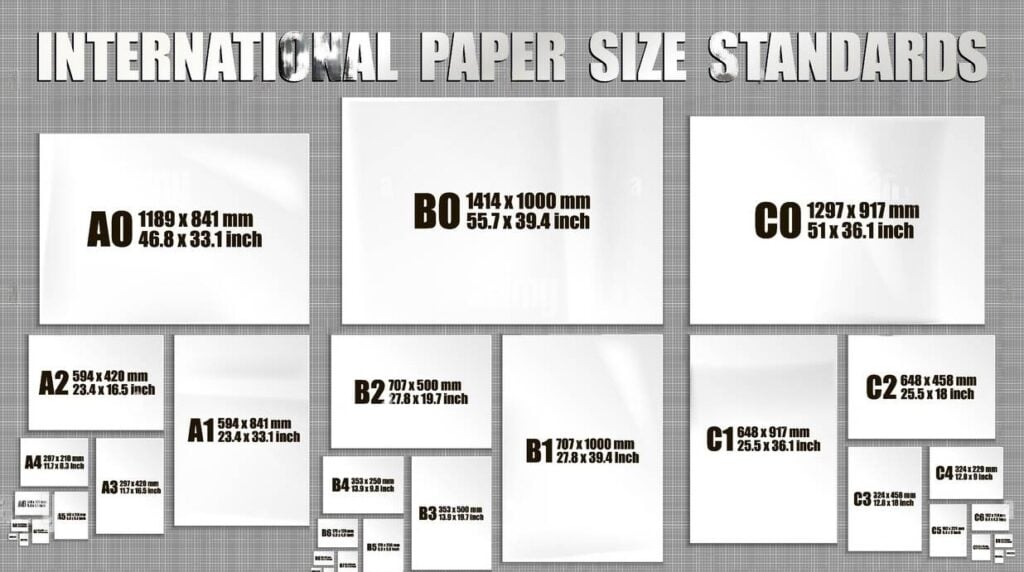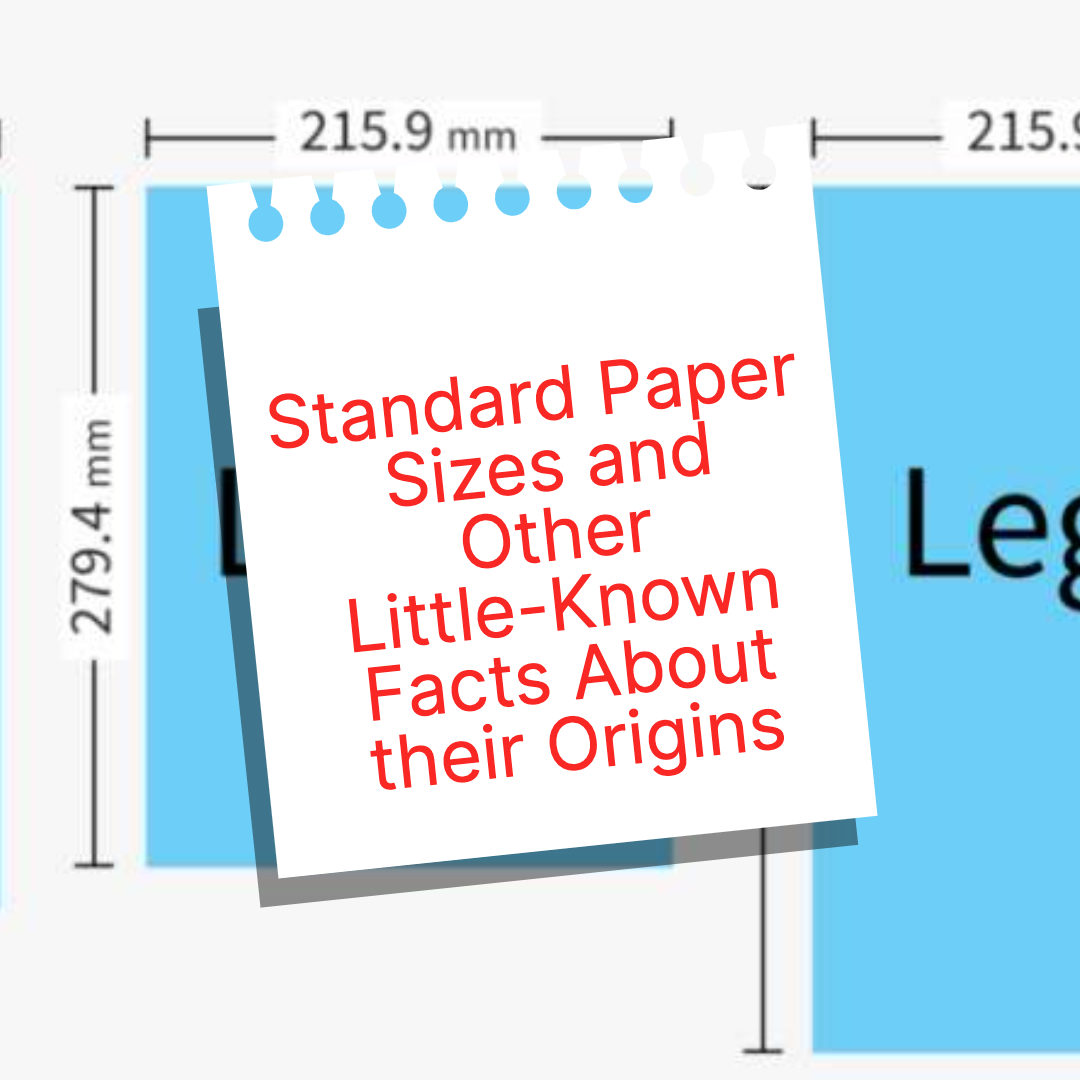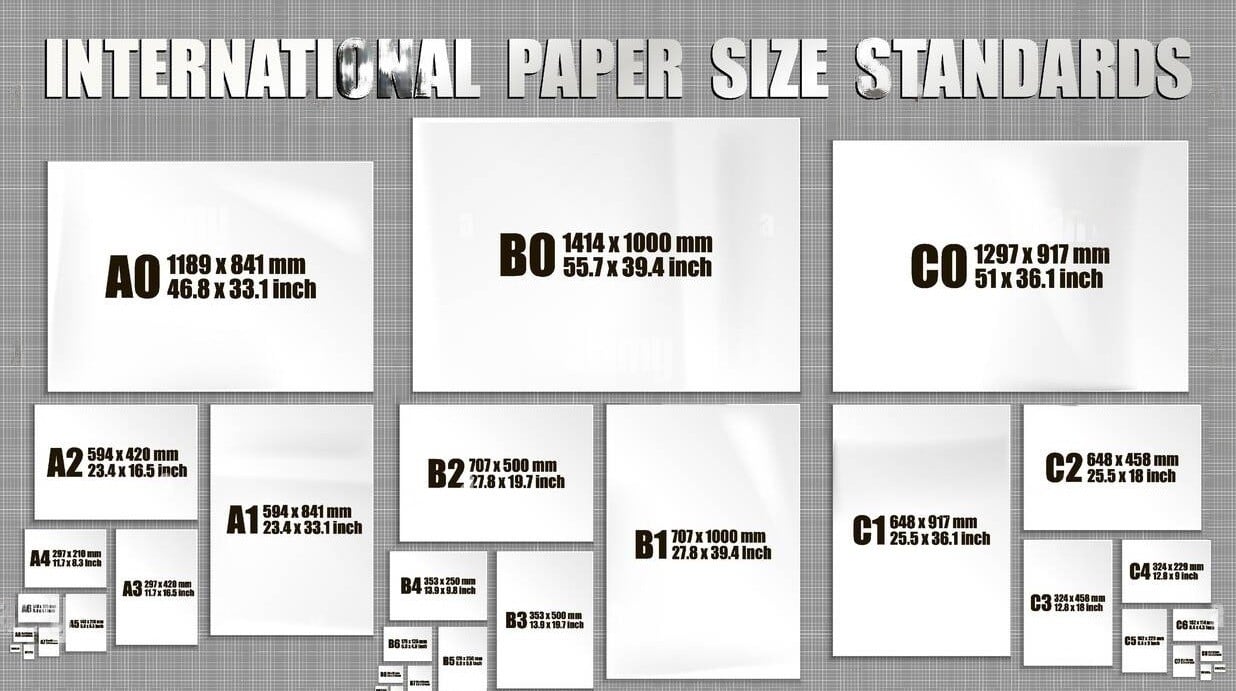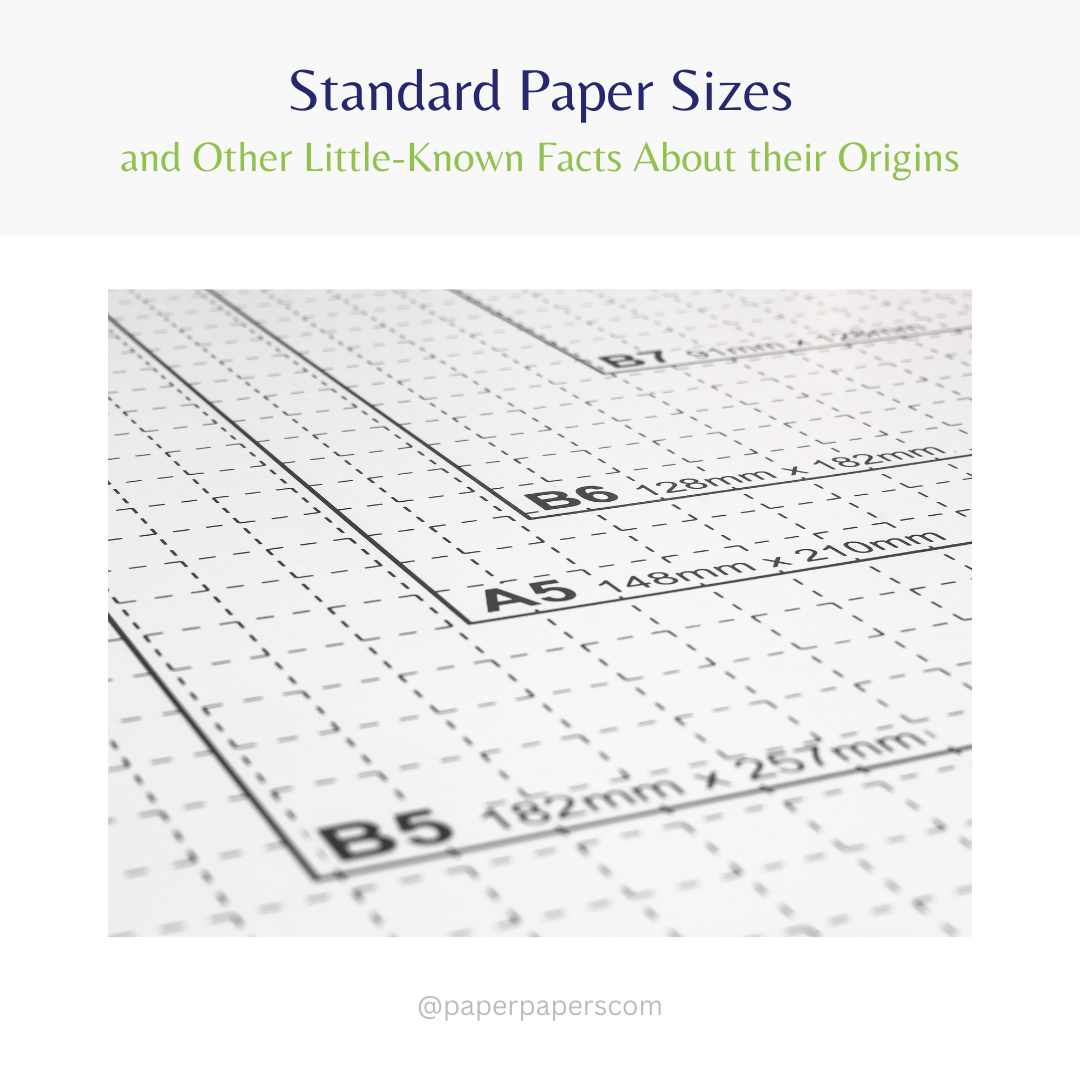Standard Paper Sizes and Other Little-Known Facts About their Origins
We’ve got some answers about standard paper sizes ranging from domestic and international explanations.
In the days after paper was first commercially produced and gained widespread acceptance as a writing material in Europe and the new world, it was manufactured and used according to the whims of the producer and the buyer.
This was all right for a while until the movable-type printing press entered the scene around the 15th century. And then, it became apparent that the large-scale publishing and distribution of paper/books (especially across countries and borders) would only be possible with a uniform paper size.
Nevertheless, not much was done about it, and as a result, important texts like the bible and legal documents varied wildly in size.
History of Paper Sizes
Lets Explore the History of Paper Sizes.
German Geniuses
Enter professor Georg Lichtenberg, this German-born experimental physicist, and satirist, was one of the first to propose a workable solution for systematizing paper cut size.
Lichtenberg reckoned that basing paper sizes on an aspect ratio of the square root of 2, like the side of a square and its diagonal, would allow for easy scaling. He recorded this brilliant idea in one of his many unpublished essays and later in a 1786 letter to his friend Johann Beckmann.

Little changed over the next 140 years until another German Nobel Laureate, Wilhelm Ostwald, expanded on Lichtenberg’s earlier idea by linking it to the metric system, using 1 centimeter as the width of the base format.
Sometime in the 1920s, as the German economy struggled amid internal unrest and rising inflation, Dr. Walter Porstmann revisited Lichtenberg’s ideas, combining the world format with the metric area measure: the basic A0 format has an area of one square meter.
Porstmann’s work earned the approval of the German Institute for Standardization (DIN) and became known as the DIN 476 standard. The format went on to gain widespread usage around the world during and after WW II.
Common Paper Sizes
Lets Review some of the Common Paper Sizes.
1. A Decision is Reached
Later in peacetime, the search for a standard system of paper formats led to the adoption of the DIN 476 as the international standard (ISO 216) document format in 1975.
It is used in almost all countries in the world, with the notable exception of the USA, Canada, Mexico, Peru, Colombia, and the Dominican Republic, among others.
2. ISO paper sizes
Today, ISO 216 governs the size of sheets of paper used for writing paper, cards, most printed documents, and other stationery. Other series in the standard include the B and C series.

The A series is the most popular of the ISO standard paper sizes. All standard paper sizes of this series have a name that consists of an A followed by a number. The larger that number, the smaller the paper.
The A4 or letter format is the most widely used paper of this series. (International Standard Paper Sizes)
The main advantage of this simple system is its scaling. Halving paper along the long edge always creates a size with the same width-to-height ratio. e.g., an A4 sheet is made by folding the preceding size A3 in half.
In other words, if you need to scale a printout to half its size, you can perfectly fit two pages onto the original-sized paper. Therefore, an office photocopier or printer can be designed to reduce a page from A3 to A4 or to enlarge a page from A5 to A4.
Some Important Points About the ISO Paper Standard
- Each paper size is exactly half of the area of the next size up.
- The Width–to–Height ratio of all pages is constant.
- It begins at the largest A0 and gets progressively smaller up to A8.
- The A0 has an area of one square meter 0r 841mm x 1189mm (33.1” x 46.8”). Making it 16 times the size of the widely used letter-format paper size.
- The A0 is mostly used for large-format printing jobs in advertising and construction drawings.
- The B series was introduced to cover a broader range of paper sizes, especially where the A series does not provide an adequate format. And it is often used for poster printing.
- The C series is purpose designed for envelopes. For example, an unfolded A4 letter size fits nicely into a C4 envelope. If you fold this letter once to A5 format, it will fit nicely into a C5 envelope.
North American Paper Sizes Has Its Own Standard Paper Sizes
If you live in the US, you may not be familiar with all of these because, as stated earlier, the USA didn’t exactly toe the same line with the rest of the world, preferring to use a different paper standard known as the ANSI.
Together with the rest of North America, they use the ANSI standard with the dimensions “Legal” and another called “Letter” (similar to the A4) as the most popular sizes.

Using uniform or standard paper size simplifies processes while saving money and time. So, for example, if all scientific journals adhered to the ISO format, the distribution, filing, and storage of published materials would be significantly simplified.
And library shelves would be designed to fit documents precisely without redundant shelf volume.










4 Comments